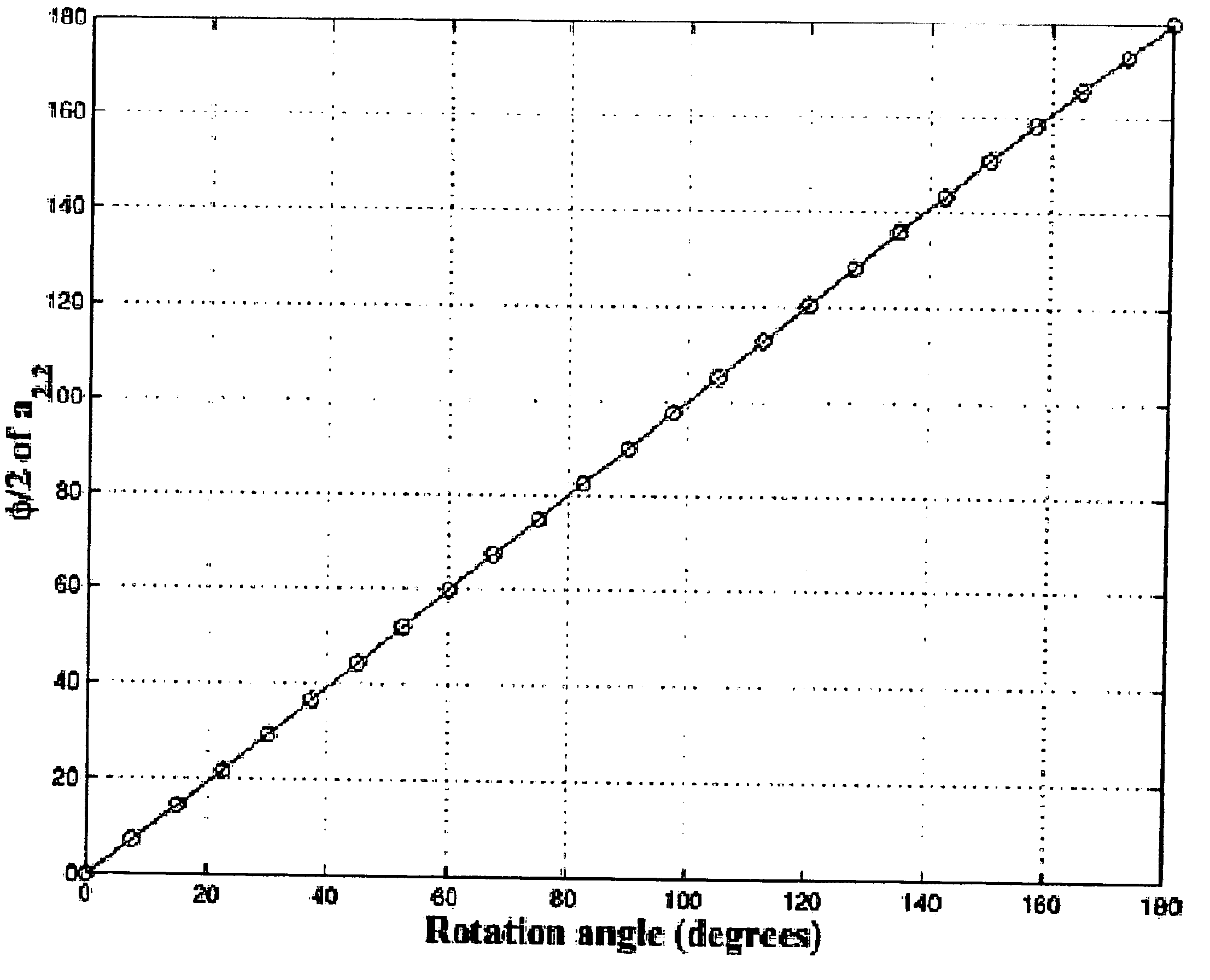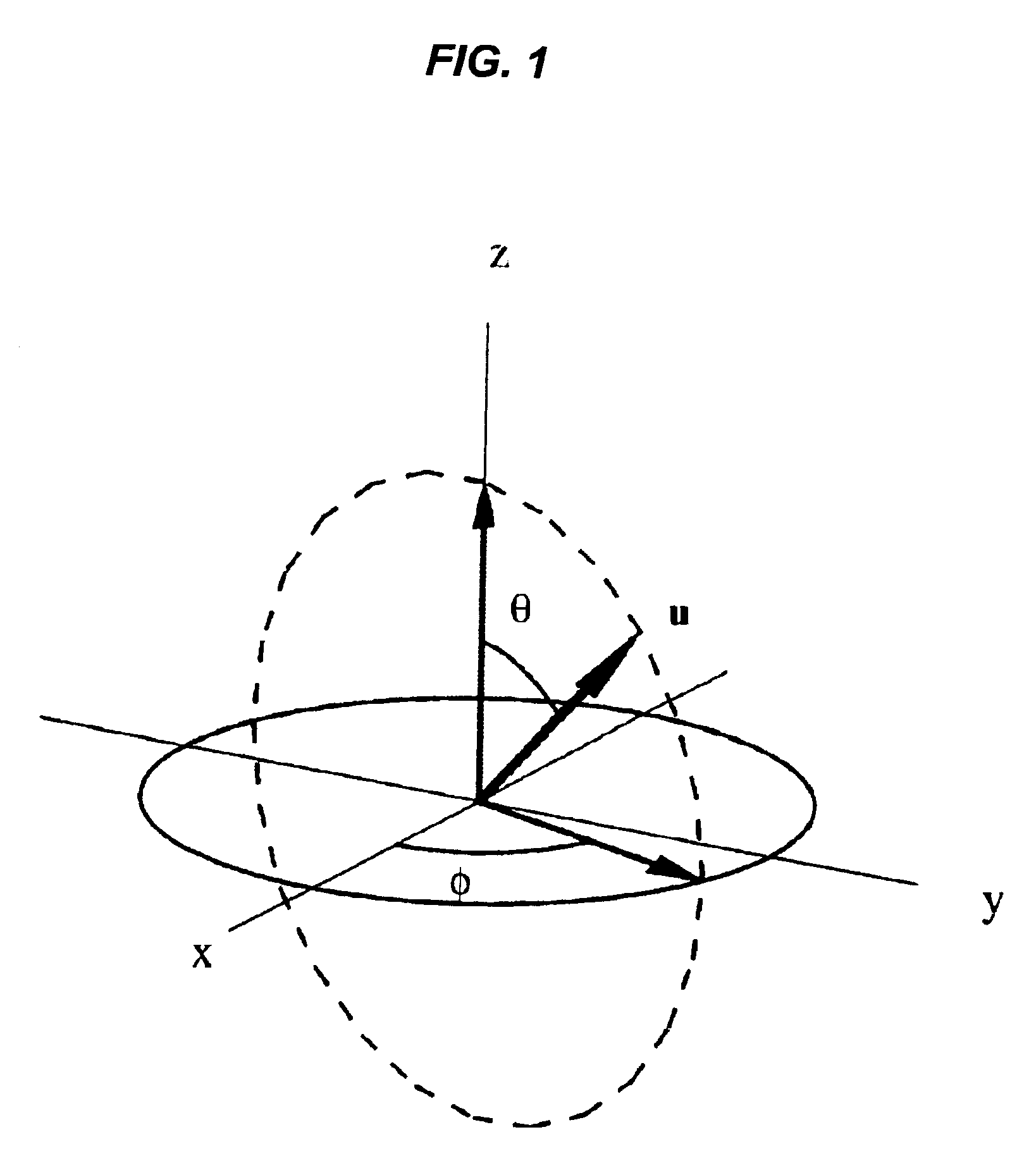Method for analyzing MRI diffusion data
a diffusion data and data analysis technology, applied in the field of mri, can solve the problems of inability to use mri angiography systems and pulse sequences, inability to provide acceptable mri angiography, and inability to use conventional mri systems and sequences used for general imaging of tissue and bone,
- Summary
- Abstract
- Description
- Claims
- Application Information
AI Technical Summary
Benefits of technology
Problems solved by technology
Method used
Image
Examples
Embodiment Construction
[0070]MR Diffusion Measurements
[0071]Before presenting our strategy for characterizing diffusion anisotropy in multifiber systems, we summarize in this section the basic mathematical underpinnings of MR diffusion measurements. In what follows, a fiber will be defined as a particular diffusion tensor D. With this definition, a large bundle of parallel fibers would be synonymous with a single “fiber”. While it is natural to confer cylindrical symmetry on a diffusion tensor as part of the definition of a fiber, we relax this restriction in order to more clearly establish where such symmetry actually effects the more general results.
[0072]Single Fiber
[0073]We first consider diffusion measurements made in a voxel containing a single fiber, following Hsu and Mori [17] throughout. The signal attenuation can be written
S(b,D)=S0e−b d app (1)
where b is related to the k-space trajectory k(t) by b≡∫0TE k2(t) dt and incorporates the gradient strengths. The gradient directions can be defined b...
PUM
 Login to View More
Login to View More Abstract
Description
Claims
Application Information
 Login to View More
Login to View More - R&D
- Intellectual Property
- Life Sciences
- Materials
- Tech Scout
- Unparalleled Data Quality
- Higher Quality Content
- 60% Fewer Hallucinations
Browse by: Latest US Patents, China's latest patents, Technical Efficacy Thesaurus, Application Domain, Technology Topic, Popular Technical Reports.
© 2025 PatSnap. All rights reserved.Legal|Privacy policy|Modern Slavery Act Transparency Statement|Sitemap|About US| Contact US: help@patsnap.com



